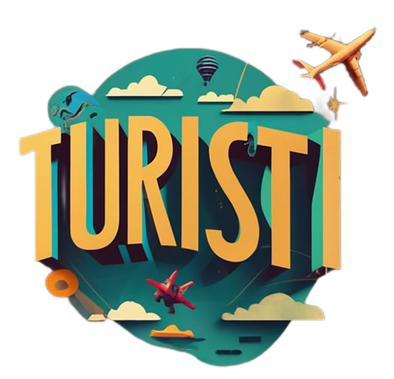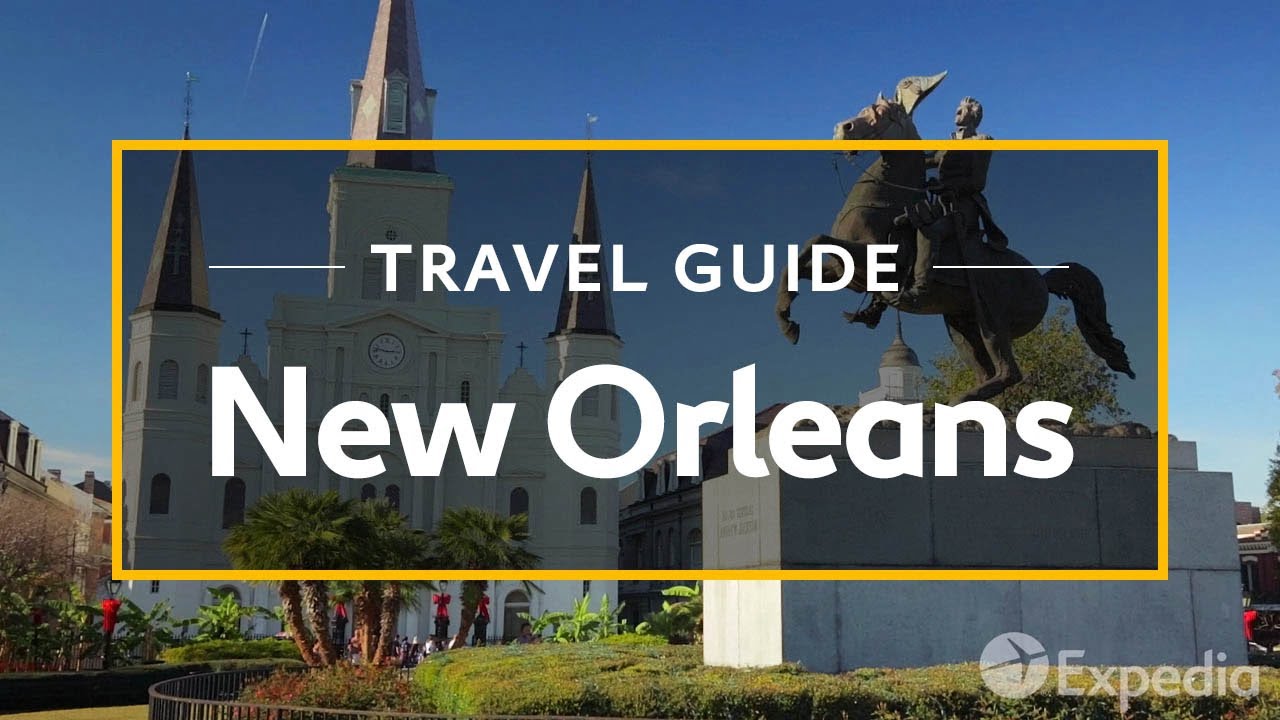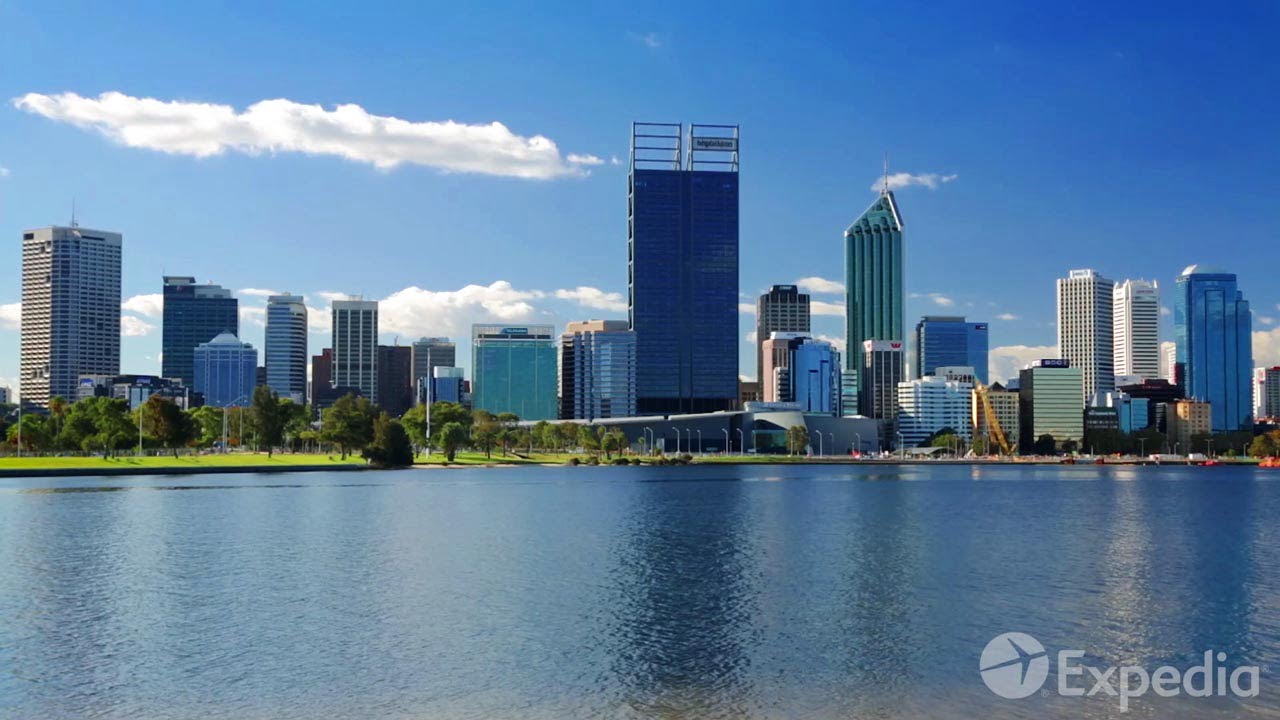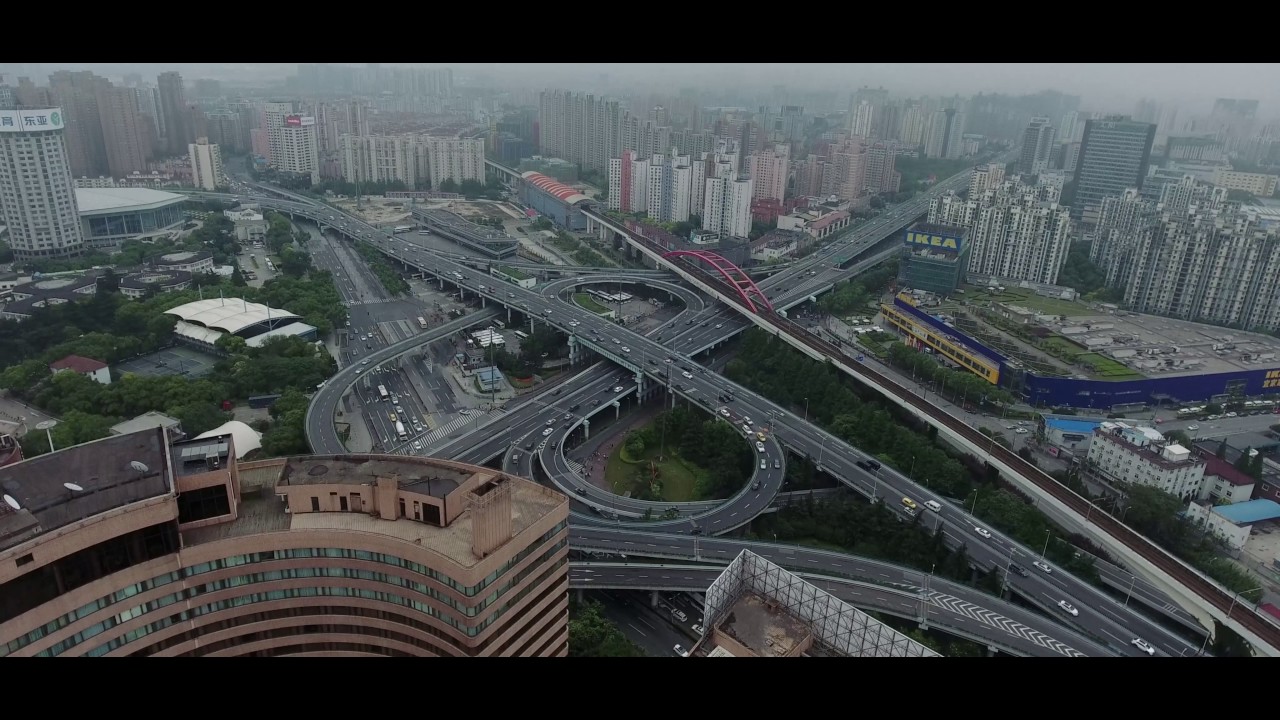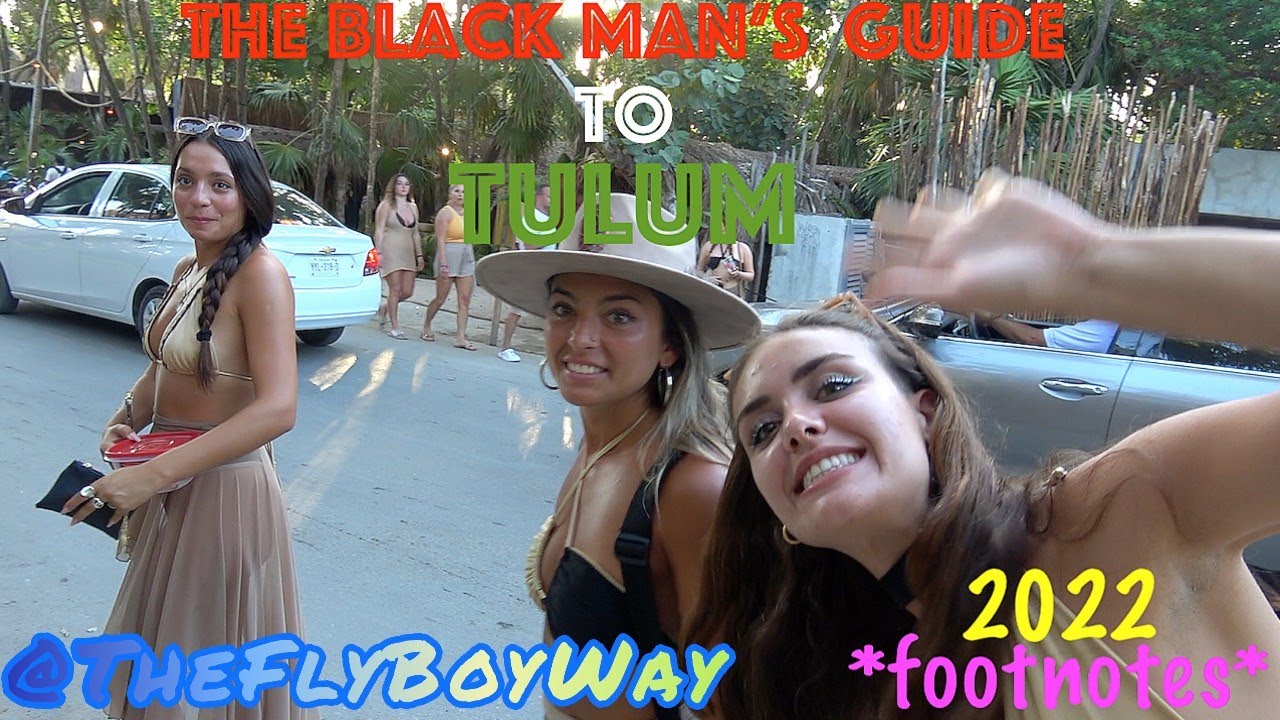Budapest travel guide
In this video, we’ll show you the 10 best things to do in Budapest. Don’t forget to like this video, subscribe to our channel, and enable notifications.
Share your own Budapest experiences in the comments below. We also created a mobile-friendly PDF document covering everything in this video, plus 10 additional things to do in Budapest, including maps, links, opening hours, and more. Here are our top 10 picks:
**NUMBER 10: Hungarian Parliament Building**
The Hungarian Parliament Building is the largest building in Hungary and the third-largest parliament building in the world.
Built in 1902 in the neo-Gothic style and located on the Danube River, it is probably the most notable and iconic building in Budapest.
Apart from its impressive architecture, the building was also an engineering marvel at the time of its construction.
For instance, a special system was designed to cool the building during hot summers using a large ice cube placed in the basement every day, with cool air circulated through a complex ventilation system.
You can visit the Parliament Building with an organized tour, admire its impressive dome housing the over 900-year-old crown, and learn more about its detailed architecture.
Be sure to purchase tickets online at least a few days before your visit, as they often sell out.
Don’t forget to visit the nearby Danube Promenade and the Shoes on the Danube Bank memorial, honoring the Jews who were killed during World War II. Check our travel guide for more information.
**NUMBER 9: Thermal Baths**
Budapest is located over numerous thermal springs, and bathing has been a part of everyday life in the city since Roman times. During the Turkish occupation, the tradition continued, resulting in several incredible baths.
Budapest is nicknamed the “City of Spas.” The Széchenyi Thermal Bath is probably the most widely known, being the largest medicinal bath in Europe and one of the largest spa complexes of its kind.
Regardless of the season, jump into one of the outdoor pools and experience the positive effects of the rich thermal springs. While Széchenyi Thermal Bath is open to men and women all week, some other baths have designated days for men or women only.
There are many more amazing baths in Budapest. Check out our travel guide for more suggestions.
**NUMBER 8: Széchenyi Chain Bridge**
The Chain Bridge was the first permanent bridge connecting Buda and Pest, the two areas of Budapest located on the east and west banks of the Danube River.
At the time of its construction in 1849, the bridge was an engineering wonder and one of the largest bridges in the world. Cross the Chain Bridge and admire the architectural details, such as the pair of lions guarding the bridge at both entrances.
Another great angle to see the Chain Bridge and explore Budapest is from the river. Embark on a sightseeing cruise or take an inexpensive river bus for public transport and enjoy the view.
**NUMBER 7: Fisherman’s Bastion**
The Fisherman’s Bastion is a monument overlooking Budapest from the Buda Castle and is one of the most important tourist attractions in the city.
Constructed in 1902, the same year as the Parliament, it offers fantastic views of the city. The name comes from a group of fishermen who lived under the wall in what was called Fishtown and defended the castle against invasions.
The Fisherman’s Bastion features seven towers and serves as an extension of the castle.
Right behind the monument, you will find the impressive and beautifully restored Matthias Church, with significant historic importance as the location of several prominent coronations of kings.
Other impressive churches in Budapest include St. Stephen’s Basilica and others.
**NUMBER 6: Buda Castle**
Located just a few steps from the Fisherman’s Bastion, on Castle Hill, is the former Hungarian royal palace – Buda Castle. The first castle was built there in the 13th century.
The palace now houses museums and galleries, and the area surrounding the palace, known as the Castle Quarter, offers a wonderful insight into life in the old days with its well-preserved baroque buildings, castle garden bazaar, medieval fortifications, and other attractions.
Check out our travel guide for more information. Located under Castle Hill, you can visit the so-called Hospital in the Rock. For an ultimate experience of Buda Castle, take a funicular connecting the square in front of the Chain Bridge, or take a short hike to the top and enjoy the view.
**NUMBER 5: Ruin Pubs**
Located in the former Jewish Ghetto, you’ll find a collection of bars and pubs with a unique character, known as Ruin Pubs. These pubs are set up in the ruins of old buildings. The trend started in the early 2000s to bring life back into the ruins of the former Jewish Ghetto.
The first ruin pub, Szimpla, quickly became popular, and others followed. Today, it’s almost impossible to imagine Budapest without the ruin pubs. Order a beer or a cocktail and sit in a bathtub or another interesting spot, or just walk around and soak in the atmosphere.
Check our travel guide for more suggestions on other interesting ruin pubs in Budapest.
**NUMBER 4: Citadella**
Located on top of Gellért Hill, the Citadella is a former fortress built in the mid-19th century for Austrian troops before the formation of Austria-Hungary. It is now a popular tourist spot with amazing views of Budapest and an open-air display of Soviet weapons.
For a truly magical experience, visit Citadella at night when all the main Budapest sights are lit up. Don’t forget to visit the Liberty Statue from the Soviet era, erected in 1947, which is also visible from downtown Budapest.
**NUMBER 3: House of Terror**
Budapest offers many museums and galleries, one of the more interesting being the House of Terror. This former seat of Hungarian Nazis and later two Communist terror organizations is now a museum dedicated to this dark era of Hungarian history.
Experience the terror ordinary citizens endured during these times. Be sure to pick up the English audio guide, as most exhibits are only in Hungarian except for some long descriptions in English. Don’t miss the Berlin Wall Memorial in front of the House of Terror Museum.
Check our travel guide for more suggestions on other impressive museums in Budapest.
**NUMBER 2: Central Market Hall**
Discover Hungarian culture through food at the Central Market Hall, a three-story food hall where you can experience all levels of Hungarian food production—from raw ingredients like traditional paprika and wine to prepared traditional dishes on the second floor, as well as traditional souvenirs and other merchandise.
The Central Market Hall was built in 1897 by the first mayor of Budapest to create a marketplace for quality food. Located at the end of the famous shopping street Váci Utca, even if you’re not hungry, a stroll along the kiosks is like traveling throughout different regions of Hungary.
**NUMBER 1: City Park**
City Park is the main public park in Budapest and home to impressive attractions and activities. It offers a great escape from the busy streets, and you could spend an entire day there.
The entrance opens with Heroes’ Square and the Millennium Monument featuring seven leaders of Hungarian tribes along with other prominent leaders and a Memorial Stone of Heroes.
Walk along the impressive Gatehouse Tower and admire the Jaki Chapel and Vajdahunyad Castle, built in 1896 for the celebration of 1000 years of Hungary.
The park also features an impressive ice rink, a lake, a zoo and botanical garden, and several other attractions. And, of course, don’t miss the Széchenyi Thermal Bath, mentioned earlier.
There are many other things to discover in Budapest. Check our travel guide for more information. Our travel guide is a mobile-friendly PDF document that you can store on your phone for offline use.
It covers the top 10 things to do in Budapest, plus 10 additional attractions, maps, links, opening hours, and other information to help make your trip to Budapest stress-free.
By purchasing our travel guide, you are also helping us sustain this channel, so thank you for that.

